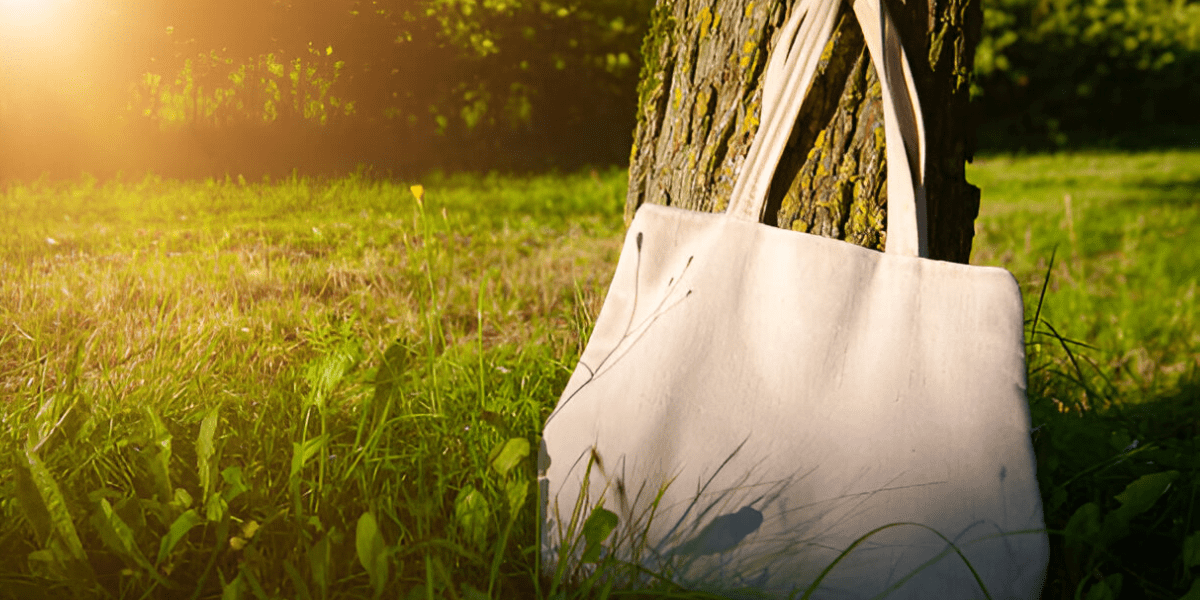Canvas has become a household name in the world of fabrics. From durable tote bags to outdoor gear and even works of art, canvas is as versatile as it is enduring. However, despite its popularity, there are still many misconceptions about what canvas truly is and how it impacts our daily lives.
Many people wonder if canvas is just another fabric or something more. You might be using a canvas tote for grocery shopping or admiring a painting on canvas, understanding the roots and qualities of this fabric will allow you to make eco-friendly choices.
Understanding the Basics: What is Canvas Fabric?
Canvas fabric is a heavy-duty material, traditionally made from hemp but now more commonly woven from cotton or linen fibers. Its durability and sturdiness come from its plain weave, making it one of the most reliable materials for a wide variety of products. But what makes canvas so popular is its versatility—it can be treated and coated for waterproofing, dyed for various uses, or left untreated for natural, breathable applications.
The Journey Through Time: History of Canvas
The story of canvas dates back thousands of years, with its origins tied to the production of hemp fabric. Ancient civilizations, including the Egyptians and Greeks, used canvas for sails due to its strength and ability to withstand harsh weather conditions. Its name even comes from the Latin word “cannabis,” referring to the hemp plant.
As centuries passed, canvas became the go-to material for tents, bags, and military supplies. Artists, too, began using it as a durable surface for painting, replacing wood panels as a preferred medium.
Modern Day Canvas: Versatility in Action
Today, canvas continues to evolve. Though hemp is no longer the primary fiber, cotton has taken its place due to availability and affordability. Whether treated for waterproof outdoor gear or kept natural for stylish tote bags, the canvas holds a prominent place in modern manufacturing. From fashion to usability, its uses are endless. The widespread use of canvas today extends far beyond paintings and tents—it’s used for shoes, handbags, upholstery, and much more.
The Process of Crafting Canvas: How is Canvas Fabric Made?
The production of canvas fabric follows a straightforward process that results in a durable, long-lasting material. Here’s a step-by-step breakdown:
- Harvesting: Cotton, hemp, or linen fibers are harvested.
- Spinning: The fibers are spun into yarn, which is then twisted to increase strength.
- Weaving: The yarn is woven using a plain weave method, where the warp and weft threads crisscross to form a tight, dense structure.
- Finishing: The woven fabric is treated, often with coatings for waterproofing or dyeing for color variations.
Once this process is complete, the canvas is ready for use in a variety of applications, from art to fashion.
Applications of Canvas: How is Canvas Fabric Used?
Canvas has a wide range of applications, each tailored to the unique properties of the fabric. Here are some of the most common uses:
- Art: Canvas has long been a favorite medium for painters, offering a durable and flexible surface for creating masterpieces.
- Outdoor Gear: Because of its durability, canvas is often used for tents, backpacks, and other outdoor equipment that needs to withstand the elements.
- Handbags: Canvas is increasingly popular in the fashion world for creating stylish yet sturdy handbags, totes, and backpacks.
Why Choose Canvas Tote Bags? Benefits of a Tote Bag
Canvas tote bags have risen in popularity, and for good reason. The benefits of canvas tote bags are numerous, making them a preferred choice over other materials:
- Durability: Canvas bags can handle heavy loads without tearing, making them ideal for shopping or daily use.
- Reusability: Unlike single-use bags, canvas totes can be washed and reused for years, reducing waste.
- Customizability: From promotional branding to artistic designs, canvas tote bags can be easily personalized to suit any need.
Canvas Tote Bags vs. Plastic Bags: A Comparison
It’s no secret that plastic bags have been a major contributor to global pollution. When comparing tote bags vs plastic bags, canvas emerges as the clear winner for both environmental and practical reasons:
- Environmental Impact: Plastic bags take hundreds of years to decompose and are responsible for a significant portion of land and ocean pollution. In contrast, canvas tote bags are biodegradable and much less harmful to the environment.
- Durability: Canvas totes are far more durable than flimsy plastic bags, allowing them to be used repeatedly without tearing or wearing out.
- Attractiveness: Canvas totes come in a variety of designs, offering a stylish and sustainable alternative to single-use plastic bags.
Choose Pack Point International
Pack Point International stands at the forefront of eco-friendly solutions, providing cotton tote bags in bulk and other high-quality bags made from natural fibers.
We proudly serve clients worldwide as a leading manufacturer and exporter of environmentally friendly bags. From muslin, tote, and drawstring bags to canvas zipper bags, we offer a variety of options to meet your needs.
With years of experience and a commitment to excellence, Pack Point International remains a trusted partner for businesses and individuals seeking sustainable choices. Choose us for your next eco-friendly bag, and experience the difference that quality craftsmanship and environmental responsibility can make.
Understanding Canvas at a Glance
To deepen your understanding, consider questions like what is canvas material, what is canvas made of, and what is canvas material made of. Simply put, canvas is a heavy-duty plain-weave fabric, traditionally crafted from cotton or linen. Its dense construction is the secret behind its strength and durability.








